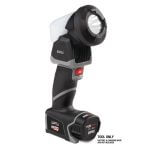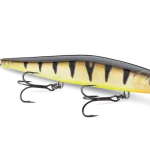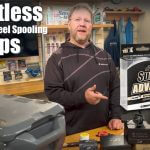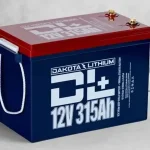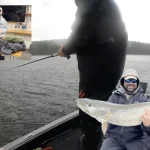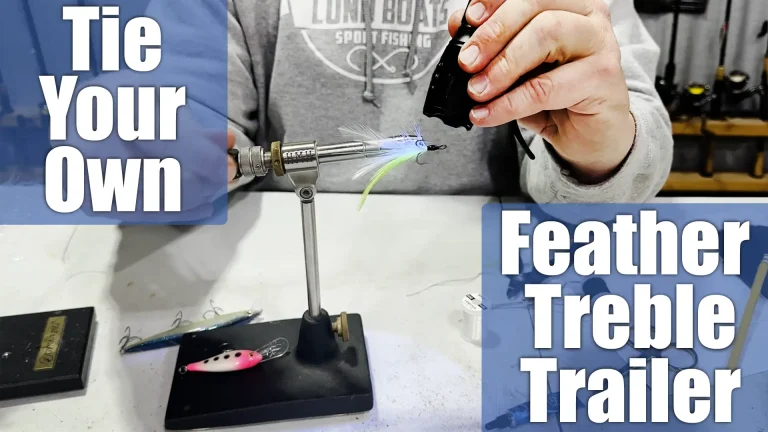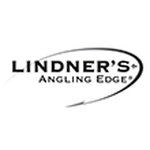When it comes to early-season crappie opportunities, watching bobbers disappear and thoughts of a fantastic meal never gets old.
While spring crappie fishing is relativity simple — you are hunting moving targets. And crappies move a lot during this time frame.
Good spring fishing can start as soon as the ice leaves the lake. Finding them is a big part of the equation and that depends on a lot of variables. Locationally, man-made channels are good places to start the search. After that, shallow weed bays with bulrushes or developing weed beds are good options.
A lot of good crappie fishing also revolves around consistent weather. Warming trends draw fish in, while cold fronts push them out. One day they’re loaded; the next day, they’re gone with the wind.
Is there anything better after a long winter to spend a beautiful early spring day crappie fishing? Not in our opinion! Springtime crappie fishing is a North American favorite for all ages.
And no matter how experienced, become or evolve as an angler (or how well you age), there’s something magical about seeing a bobber go ‘bloop’, and the next thing you know, you are reeling in a fish.
Springtime is the most popular time for everyone to get out and catch some crappies. On popular crappie fishing lakes with known productive spots, it can admittedly get a little crowded with anglers. However, by giving yourself some space and investigating nearby locations near the main hole, you’ll be shocked how many fish are hanging away from the crowd.
This time of year, crappies are relocating and position to spawn. Often you can find them staging anywhere between 6 to 10 feet from where they will eventually move shallow to make beds and spawn. Crappies are very active this time of year, eating minnows and bugs, and often whatever else swims in front of them — including artificial baits.
“I haven’t used live bait for crappies for over 60 years,” said Al Lindner. “I grew up fishing the lakes in between Chicago, IL, and Milwaukee, WI, where there’s a bunch of lakes that host excellent fishing. When I was a kid, a jig available was called the Pinky Jig. It was in all the bait shops, and it had a pink head and a white calf tail particular jig would outfish most baits, but most importantly, it taught me that I didn’t need minnows or other bait to catch fish.”
Today’s panfish jigs are excellent —further eliminating the need for livebait. Whether you’re fishing with hair or plastic, you want a bait that looks like it’s breathing and moving, like a VMC hair jig with a Hot Skirt Glow Jig, hot skirt glow jig, and the 1/16 ounce Marabou Jig. Some of our favorite pre-rigged jigs are the VMC Prob and Flap Tail jigs now if you want to rig your own. The VMC Moon-Eye jig and we prefer a Big Bite Crappie Minner, Slab Tube, or Panfish minnow — all of these baits work in the water with minimal motion horizontally or vertically.

Spring fishing and floats go hand. The fish are often holding and not willing to chase, especially early when the water is cold. So you have to drop a bait right in their strike zone and leave it there. There are so many different floats available today. Depending on the situation, each presents the bait naturally — right in the face of crappies.
When it comes to bobber styles, there are two different versions: the fixed float and the slip float. When fishing scattered weeds anywhere from 4- to 5 feet down, a fixed or a slip float work, but if you are targeting water deeper, a fixed float becomes too cumbersome to cast or fish efficiently.
Fixed float allows you to use very light lures and present that bait extremely subtly with no extra weight. If you use a slip float and a light jig you might have to add a split shot, and then you lose that subtle action of the light jig. When you’re fishing in and around emergent cover like reed beds, a fixed float can get clunky because of all the line between the bait and the bobber tends to tangle. However, a slip float is a tight little package that you can cast and drop directly into the cover.
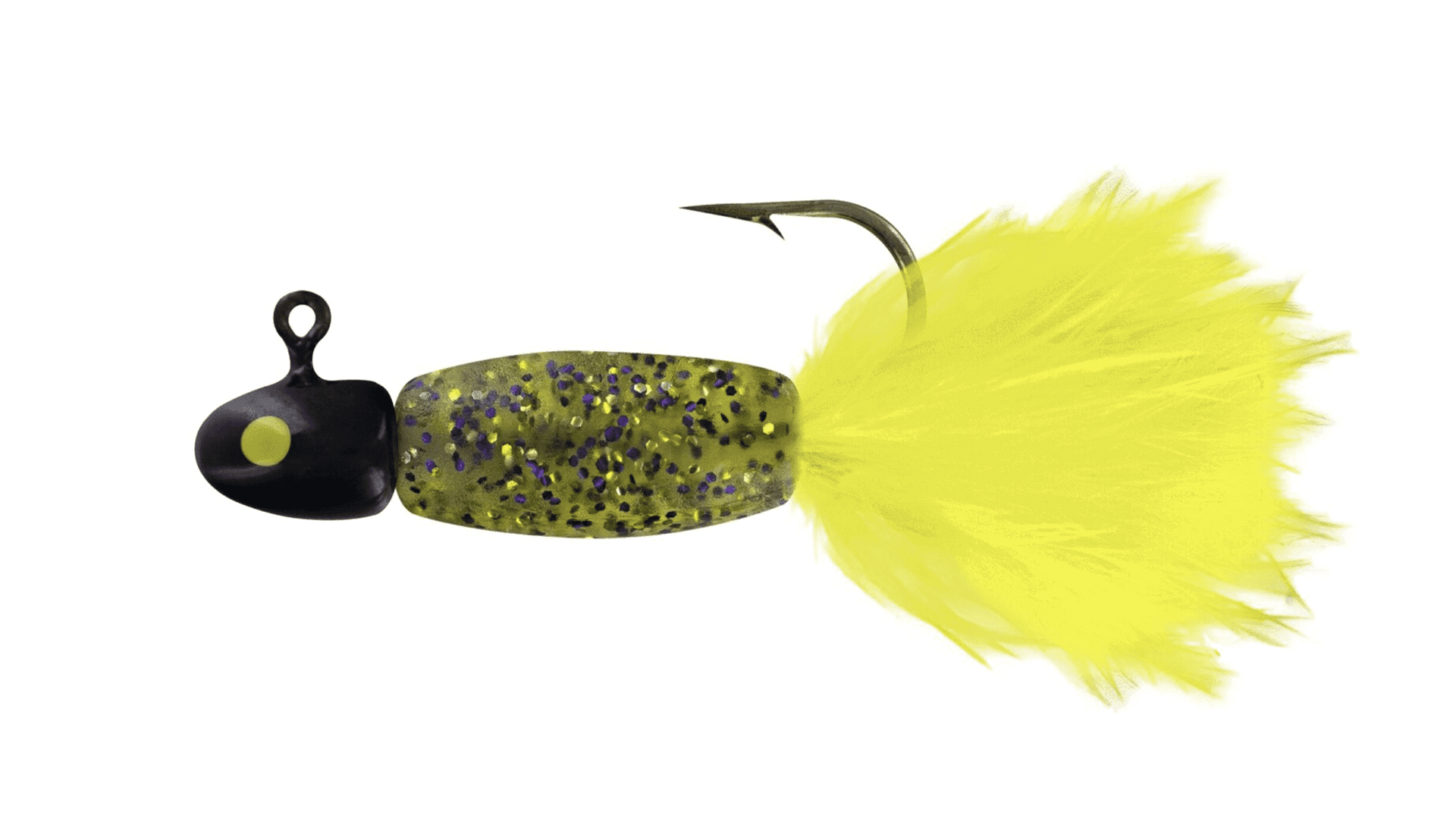
A good solid pair of sunglasses is a requirement. We use Wavy Label shades, which are very reasonably priced and they are as good as anything on the market for spotting key spots and fish in the shallows. Simply being able to spot little patches of weeds with the aid of a good pair of shades can make a huge difference. And in clear water, you’ll be amazed how well you can actually see fish — even in deeper water.
What tactics can anglers use to catch crappie during the prespawn stage?
During the prespawn stage, crappie can be found in coves and bays, staging typically at depths of 12 to 16 feet deep. Some crappie may suspend in this depth range, while others may move between shallow areas and potential spawning sites. Anglers can try various tactics during this stage, including experimenting with presentations such as holding a jig still while drifting through a school of fish or steadily reeling a horsehead jig through the same area. It is recommended to vary retrieve speeds and lure colors until finding the combination that triggers the crappie to bite. These fish can be moody during the prespawn stage, so anglers should be patient and open to adjusting their techniques for success.
What strategies can anglers employ to catch crappie during the spawning stage?
In clear water, you’ll be amazed how well you can actually see fish – even in deeper water. Early-season crappies are often the first fish people target in the spring. They are fun to catch, often cooperative, and great for the season’s first fish fry. This time of year, crappies are relocating and position to spawn. Often you can find them staging anywhere between 6 to 10 feet from where they will eventually move shallow to make beds and spawn. Crappies are very active this time of year, eating minnows and bugs, and often whatever else swims in front of them – including artificial baits. To enhance your chances of success during this crucial spawning stage, consider employing a variety of jigs in different colors. When targeting crappie in their protective mode, casting jigs towards the bank during stable weather conditions or before a storm can yield positive results. Additionally, adapting your jigging technique by flipping or dipping a jig during a cold front, which prompts crappie to seek shelter in shallow cover, can prove to be a fruitful approach.”
This revised passage combines the original content from Your article with the added detailed strategies from Their article, maintaining the same voice and tone while offering a more comprehensive guide for anglers seeking to catch crappie during the spawning stage.
Why do crappie hit at anything moving into their bedding area during the spawning stage?
Crappie hit at anything moving into their bedding area during the spawning stage because they are not really feeding but are focused on protecting their beds from intruders.
How can anglers adapt their fishing techniques based on weather conditions (stable, stormy, cold front) during the spawning stage?
Casting jigs to the bank will catch fish when the weather is stable or before a storm. However, anglers need to flip or dip a jig during a cold front that causes crappie to burrow into shallow cover.
What types of jigs and colors are effective for catching spawning crappie?
A wide variety of jigs in myriad colors will catch spawning crappie because the fish are not really feeding but just protecting their beds from intruders.
When crappie retreat to deeper waters in response to high barometric pressure or cold fronts, anglers must adapt their presentation techniques accordingly. Utilizing a fixed float allows for the use of extremely light lures, enabling a subtle bait presentation without the need for additional weight. Conversely, employing a slip float with a light jig may necessitate the addition of a split shot, compromising the delicate action of the lure. It is important to note that when fishing in and around emergent cover such as reed beds, a fixed float may become cumbersome due to potential tangling caused by the excess line between the bait and the bobber.
In contrast, a slip float offers a compact solution that can be cast and dropped directly into tight cover, enhancing precision and reducing the risk of entanglement. By understanding these nuances and adjusting presentation techniques accordingly, anglers can effectively target crappie in deeper waters during challenging weather conditions.
What fishing techniques are recommended for targeting crappie in deep water during tough conditions?
Vertical jigging or slowly drifting jigs through the suspended fish is recommended for targeting crappie in deep water during tough conditions.
What adjustments should anglers make to their presentation when crappie are in deeper water due to high barometric pressure or cold fronts?
Anglers should slow down their presentation and place their lure right in front of the fish’s nose. Vertical jigging or slowly drifting jigs through the suspended fish works best during these tough conditions.
In what situations are crappie pushed into deeper water?
Crappie are pushed into deeper water when there is high barometric pressure or cold fronts.
How do high barometric pressure and cold fronts affect the behavior of crappie?
High barometric pressure or cold fronts push crappie into deeper water.
Early season crappies are often the first fish people target in the spring. They are fun to catch, often cooperative, and great for the season’s first fish fry.
What strategy, inspired by bass fishing, can anglers adopt to increase their chances of catching crappie despite fishing pressure?
Anglers can adopt bass fishing’s run-and-gun philosophy, moving around to several spots and quickly firing off casts in each area to locate active crappie and increase their chances of catching fish despite heavy fishing pressure.
How does heavy fishing pressure affect an angler’s chances of success at popular fishing locations?
Heavy fishing pressure diminishes an angler’s chances of success at popular fishing locations, especially if multiple other boats have already visited the area before their arrival.
What is the significance of being the first angler to a fishing spot in terms of catching fish?
Being the first angler at a prime spawning spot gives you a chance to catch fish before the area is heavily pressured by other anglers, increasing your likelihood of success.
How does heavy fishing pressure impact prime spawning spots for crappie?
Heavy fishing pressure results in prime spawning spots getting worked over daily, reducing the chances of success for anglers arriving after multiple other boats have already visited the area.



